Monkey – Journey to the West
Article By Jim Pang
posted by UK, June 10, 2019
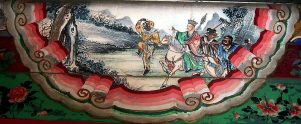 Those of you from a vintage era may remember the 1970’s Japanese TV show Monkey. It was the first time this Chinese novel from the Ming dynasty was brought to a mass Western audience and gathered a cult following. It provided a glimpse into a foreign land where you could enter a world of fantasy, fiction and esotericism.
Those of you from a vintage era may remember the 1970’s Japanese TV show Monkey. It was the first time this Chinese novel from the Ming dynasty was brought to a mass Western audience and gathered a cult following. It provided a glimpse into a foreign land where you could enter a world of fantasy, fiction and esotericism.
The original Chinese novel, Journey to the West or Xiyou Ji (Chinese: 西游記), literally means ‘West-Wandering Chronicles’ and was written by Wu Cheng’en (吴承恩)in the 16th century. It is one of the Four Great Classical Novels of Chinese literature. The writer was inspired by the true story of a Buddhist monk, Xuanzang (玄奘),from the Tang dynasty (7th – 10th century), who made a solitary pilgrimage to Central Asia and India in search of the original scriptures of Buddha’s teachings. His journey lasted 15 years and resulted in him bringing back 657 Sanskrit texts to China.
The aim of this ‘Journey to the West’ was to reach Vulture Peak and acquire the true scriptures. Buddha, dispirited that “the land of the South knows only greed, hedonism, promiscuity and sins”, instructed the Bodhisattva Guanyin (Avalokiteśvara) to search China for a champion who would bring the Buddhist sutras of wisdom back to the East.
The quest is headed by the main character Tripitaka (the Buddhist monk Xuanzang). On his journey he is guided by Guanyin who inspires an entourage of intrepid travelers to gather around him and agree to serve him as disciples along the journey in order to atone for their sins in past lives. Only with such companionship could Tripitaka take on such a perilous journey. On the way, Tripitaka and his companions face countless adversities and trials as they encounter monsters, ogres, and demons.
Tripitaka or Tang Sanzang (唐三藏):The Three Baskets)
Although he is helpless when it comes to protecting himself, he has the support of his three disciples, Monkey, Pigsy and Sandy. With the help of local inhabitants they help him fight off countless monsters and demons who want to eat his flesh to gain immortality.
Tripitaka’s name refers to the “three baskets” of Buddhist teachings. In the story he represents the triad or higher self, the earth element which symbolizes the ‘heart’. The demons in the story want to eat his ‘pure’ heart which will give them purity to make an elixir of longevity. The kanji character for heart (心) has a dual meaning in Chinese: heart and also mind. He is always trying to be present in the moment – so that his mind and his heart will not be disturbed by the chaotic elements around him. The demons refer to thoughts and emotions that constantly interrupt his efforts. When one tries to be present, the lower self (the demons) will do everything they can to disturb this.
Monkey – Sūn Wùkōng (孫悟空) – means “Monkey Awakened to Emptiness”. It refers to the Buddhist concept of Śūnyatā or the attainment of enlightenment. Awakening to emptiness is to let go of the trappings of the illusory world.
Monkey is by far the novel’s most iconic character. He has a childlike playfulness with a cunning mind. This, coupled with his great power, makes him a trickster hero with a heart of gold. He also has the human fallibility of being greedy, selfish and prone to sudden changes of mood and outbursts of violence. He represents the quality of “rajas”.
Pigsy – Zhū Bājiè (豬八戒: lit. “Pig of the Eight Precepts”) – refers to the eight Buddhist precepts he needs to live by to keep him on a Buddhist path. However, he is greedy, lazy and at the slightest difficulty he wants to quit the journey and go back to the comfortable life he had before. He represents the vices of the lower self and the bodily desires. He represents the quality of “tamas”.
Sandy the Water Demon – Shā Wùjìng (沙悟凈: lit. “Sand Awakened to Purity”) – is a quiet but generally dependable character known to be the most obedient, logical, polite and level-headed. He represents the quality of “Sattva”.
The esoteric and exoteric meaning
The Journey to the West is an esoteric text with many hidden symbolic meanings related to the path of spiritual cultivation, the control of the senses and the lower self, and the principles of self-realization that lead to the discovery of the Real Self. Tripitaka’s disciples are all fallen immortals who have been reincarnated into a world where they have to follow a path of redemption to discover their true selves.
The outer meaning of the story concerns the adventures of the characters, their trials and tribulations, plots, schemes and victories over adversity. It serves an equally important role of providing access to the teachings from all walks of life. I invite you all to take a leap with a Monkey Mind into the journey to the west.
Image Credits: By Wikimedia Commons | CC BY-SA 3.0
Related posts:
Image References
By Wikimedia Commons | CC BY-SA 3.0
Permissions required for the publishing of this article have been obtained
Article References
www.britannica.com/topic/Journey-to-the-West dragonball.fandom.com/wiki/Journey_to_the_West innerjourneytothewest.com/english/en-meaning.html en.wikipedia.org/wiki/Journey_to_the_West anderfarnoria.nghtchld.com/mediawiki/index.php/Journey_from_the_West_characters#Sun_Wukong_aka_Monkey_Fallen_Immortal_.28Season_One_and_Two.29 Monkey - Wu Cheng’en by Arthur Waley
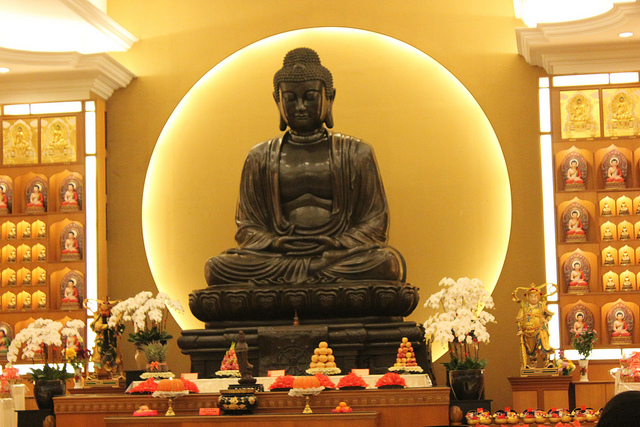
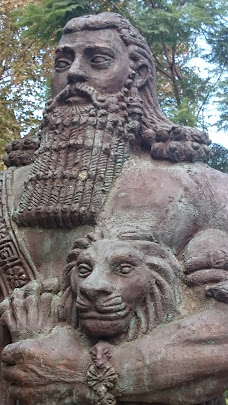
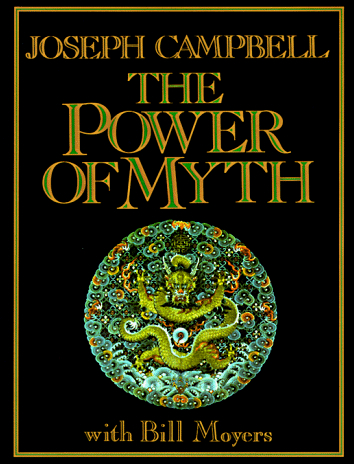
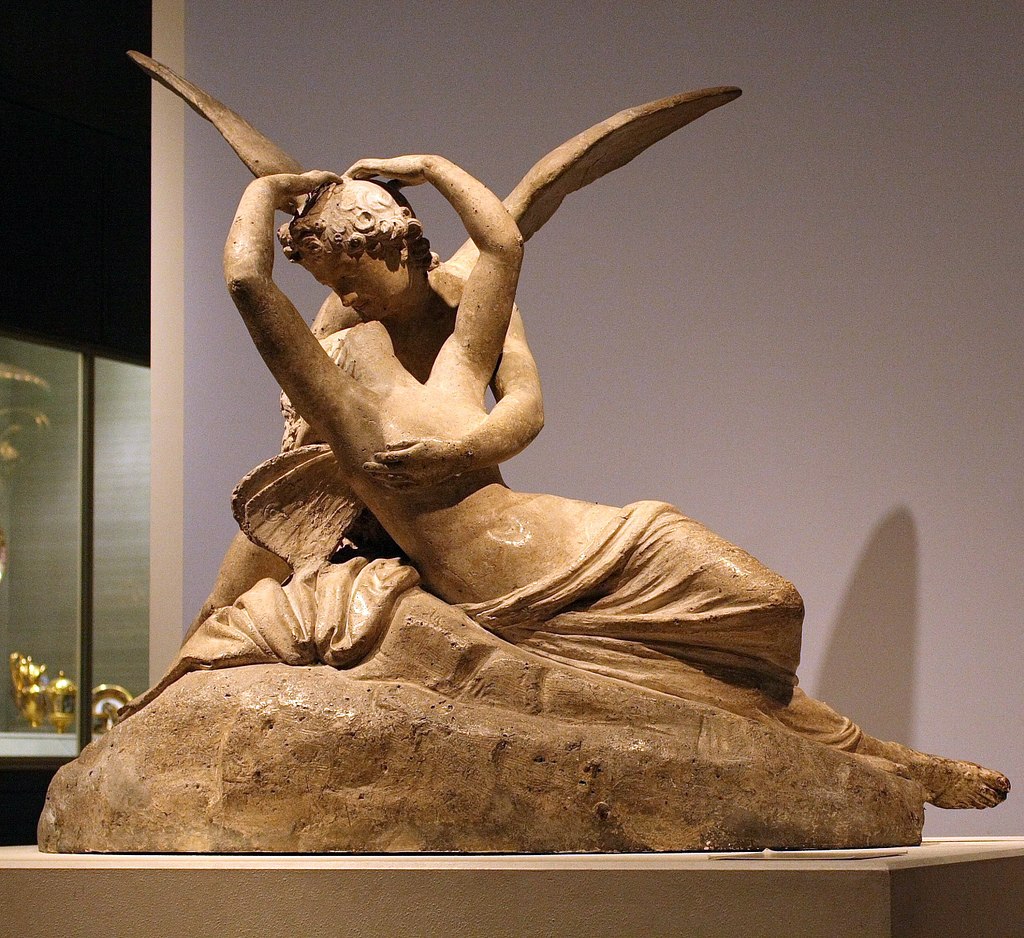
What do you think?